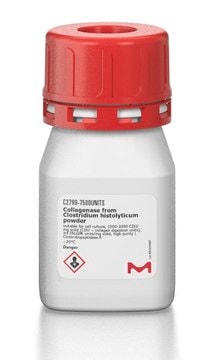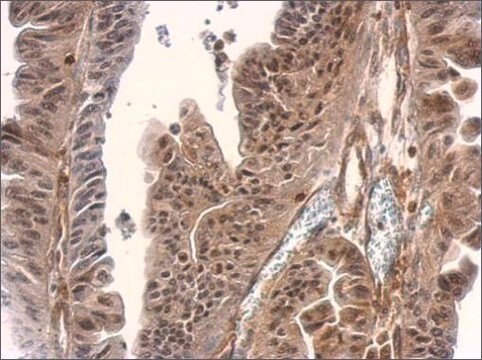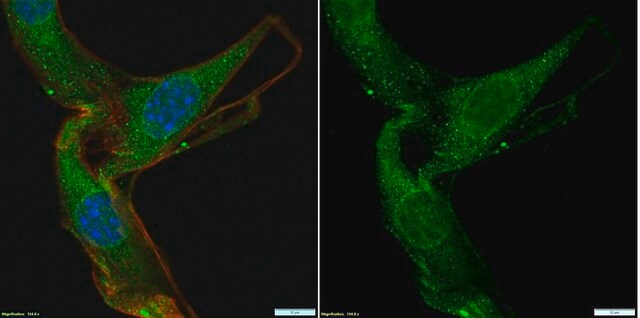C9572
Collagenase from Clostridium histolyticum
lyophilized powder (from 0.2μm filtered solution), suitable for cell culture, high purity
Synonym(s):
Clostridiopeptidase A
About This Item
Recommended Products
biological source
Clostridium histolyticum
form
lyophilized powder (from 0.2μm filtered solution)
mol wt
68-130 kDa
concentration
1 mg/mL
technique(s)
cell culture | mammalian: suitable
shipped in
ambient
storage temp.
−20°C
Looking for similar products? Visit Product Comparison Guide
Application
Biochem/physiol Actions
Caution
Unit Definition
Preparation Note
related product
substrate
Signal Word
Danger
Hazard Statements
Precautionary Statements
Hazard Classifications
Eye Irrit. 2 - Resp. Sens. 1 - Skin Irrit. 2 - STOT SE 3
Target Organs
Respiratory system
Storage Class Code
11 - Combustible Solids
WGK
WGK 1
Flash Point(F)
Not applicable
Flash Point(C)
Not applicable
Personal Protective Equipment
Choose from one of the most recent versions:
Already Own This Product?
Find documentation for the products that you have recently purchased in the Document Library.
Our team of scientists has experience in all areas of research including Life Science, Material Science, Chemical Synthesis, Chromatography, Analytical and many others.
Contact Technical Service





